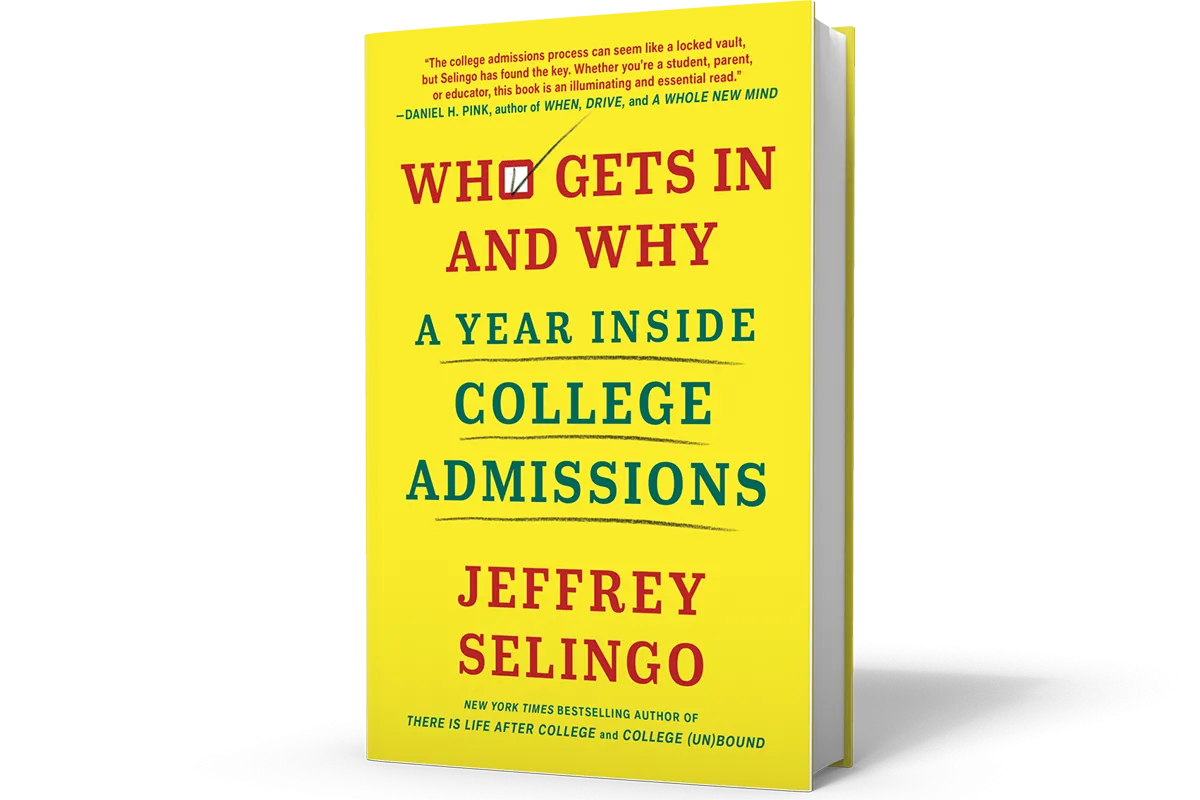As an Ithaca College journalism undergrad, Jeff Selingo ’95 interned at U.S. News & World Report. When his former mentor there died in 2007, he inherited a box of the magazine’s famous college rankings. Studying them, he was astonished at the higher acceptance rates at "elite" schools in previous decades.
“Now top colleges are even harder to get into and they’re inundated with applications,” Selingo says. “I wanted to look at the phenomenon of college admissions, which has changed in the last generation. It’s a $10 billion industry — in giving a window into it, I needed the perspective of many different players.”
"Who Gets In and Why: A Year Inside College Admissions," named one of 100 notable books of 2020 by The New York Times, is his third book on higher education in the U.S. In it Selingo, a former Chronicle of Higher Education editor, explores the black box of the admissions process — how students are selected, waitlisted, or denied.

